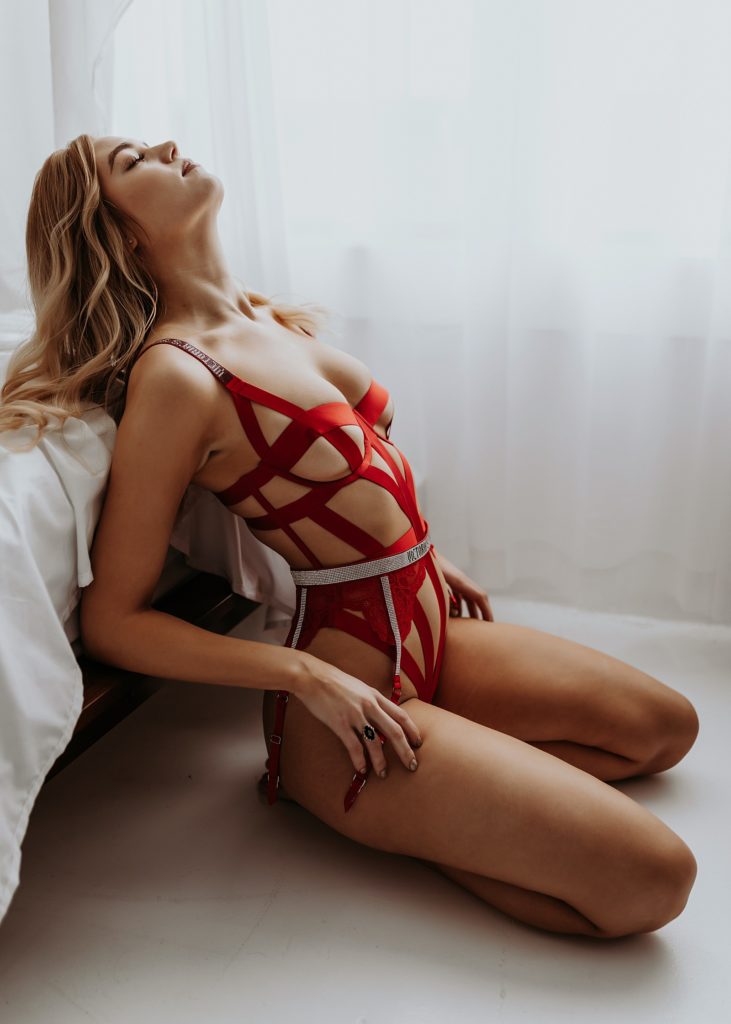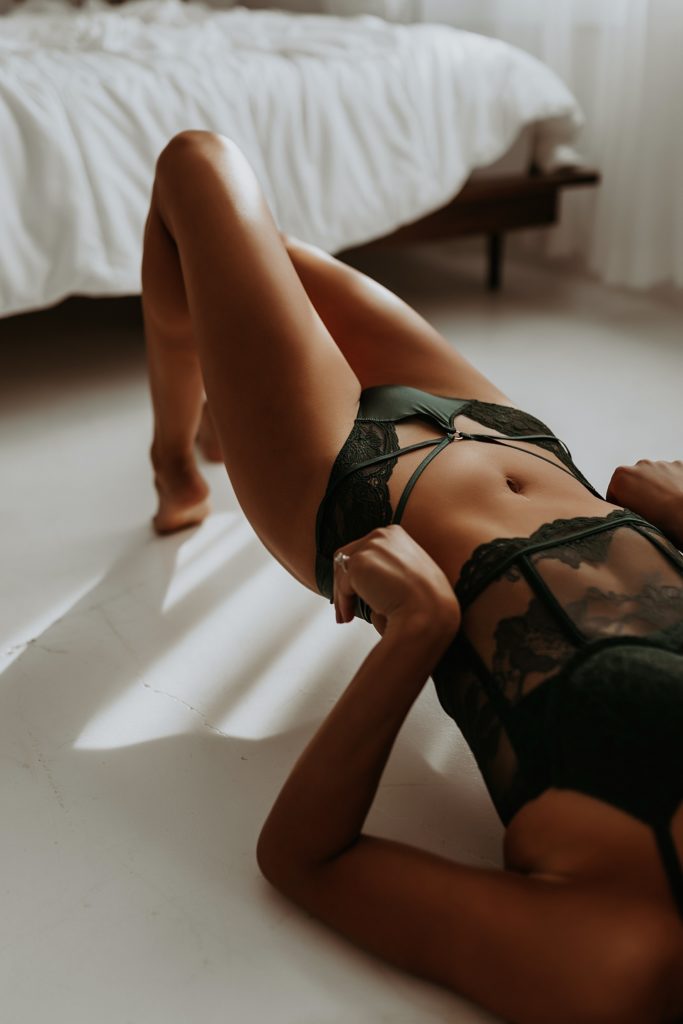the blog
When I first started shooting boudoir, I had no idea what I was doing. I mean, I was a photographer. But I was brand new to the boudoir world! And it. was. different.
At the time, I was a wedding & portrait photographer, and someone asked me to do their boudoir session. I agreed, and I ended up LOVING it. I knew really quickly that I wanted to do boudoir photography full time. I have made that dream a reality, but there were a lot of messy-middle steps in that process. And several things I wish I would have known when first starting out.
So I wanted to share those things for any photographers looking to become a boudoir photographer.
How do you start? What should you focus on? What’s most important? How is it different then other photography?
Alllll those things.

Here are my top 5 tips for starting boudoir photography!
1. Take photos of as many friends as you can before working with clients.
90% of boudoir photography is making others feel comfortable. I’m not kidding- it’s a HUGE part of the job. You can know how to work your camera all day, but if your client is uncomfortable, the photos are going to be so stiff. I mean, it’s sooo vulnerable for your clients to be taking their clothes off in front of a camera. It goes against every instinct. So, making them feel super comfortable is key.
Do your future clients a favor, and practice with your friends, before working with paying clients. And if your friends don’t want to – you can always find TFP models in local Facebook groups or on IG.
2. Get comfortable with your studio and side natural lighting.
If you are used to outdoor portraiture, and are shooting mostly in golden or blue light hour – you need to practice your lighting. You don’t have to use a full studio lighting set-up to be successful in boudoir. In fact, most of us still use natural lighting in our studios. But it’s a whole different skill set. For example: in order to create shadows in the right places (your curves, your back, your stomach on your models) side lighting will be important! Make sure to practice so you feel really confident using the studio lighting on all different body types.
3. Know the difference between IPS vs. shoot & share.
Pricing models with boudoir photography are really different then other kinds of photography. The most common model is IPS, but it does take some practice and learning how to sell without being salesy. I recommend starting with shoot & share until you develop your brand & style as a boudoir photographer. Then I highly recommend doing education in IPS (either a mentorship or a workshop), to learn how the ins & outs.
4. Try different studios out and figure out what kind of backdrop you like–
There are SO many options when it comes to studios. Some people like very simple, negative space & neutral colors. Some people love lots of decor, glam & color. You’ll also need to get an idea of the furniture you like to use for posing. A bed is pretty standard in all boudoir studios, but some people love using a chair over a couch etc. Use Peerspace to find studios in your area with different backgrounds/furniture to get a feel for what is natural & creatively inspiring for you.
5. Find a boudoir mentor in your area.
A ton of boudoir photographers offer mentorships or workshops, and I think it can be really great to be with someone hands on to learn different poses. It basically makes it so you skip over a lot of that messy-middle-figuring-it-out stage, and get to the point where you are making money & taking gorgeous photos.
It is an investment, but worth it! It pays itself off so quickly in my experience. Shameless plug: I do offer them as well. I’d love to teach you everything 1-on-1! You can inquire HERE.

And those are my top 5 tips and tricks for starting out in boudoir photography. It’s a really rewarding experience! Follow along on my Instagram for more behind the scenes in my life as a boudoir photographer HERE.

5 Tips for Starting Boudoir Photography
Leave a Reply Cancel reply
meet me
Boudoir
Contact
copyright of mary castillo photography | website + branding by emma melin studios
OUR MISSION:
Mary Castillo Photography creates alternative and fun imagery for the open-minded and non-traditionalists.